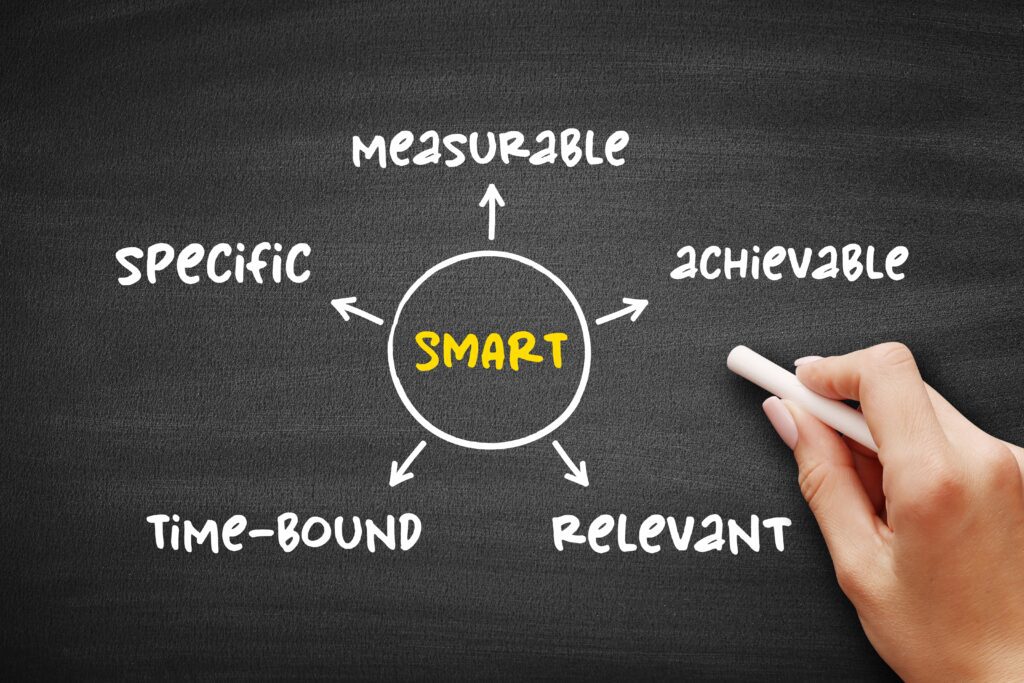Entering a new market is not only a great way to grow, but often a vital step toward reaching your business potential. In fact, 87% of U.S. companies agree that international expansion is necessary for long-term growth. Yet growth without a market expansion strategy is a recipe for disaster.
What is New Market Expansion?
A new market entry strategy occurs when a company introduces products or services in a foreign market. This typically happens after the company's sales have stopped growing in its own country.
The global market offers unlimited opportunities to reach new customers and increase sales. Not every local market has the same growth potential. This is why you need a clear global expansion strategy. It will help you choose the best places to launch.
A well-structured strategy allows you to:
- Reduce costs by targeting the most profitable customer segments
- Minimize risks by planning ahead and avoiding potential challenges
- Expand reach by efficiently allocating resources to high ROI markets
- Ensure tax compliance by understanding local tax regulations and taking advantage of any benefits
How to Create a Market Expansion Strategy
Now that you understand the benefits of a market expansion strategy, here’s a six-step guide to help you create one:
Step 1: Define Your Goals
Like all marketing plans, you should start by defining your goals for the expansion. To ensure they're attainable, we recommend using the SMART method. SMART is an acronym for:
- Specific
- Measurable
- Achievable
- Relevant
- Time-bound

SMART goals consider important measures like revenue growth, profit margin, marketing pipeline, and customer satisfaction. Each one focuses on a specific KPI, how to quantify it, and how long it takes to achieve it.
As you develop a growth strategy, ask yourself:
- Which KPIs do I want to target?
- Which projections will I use to assess new markets?
There are a lot of benefits of growing globally, and therefore different ways to target different outcomes. If you don’t know what you want to achieve, you probably aren’t ready to launch internationally.
Step 2: Conduct an Audit
Audit your current domestic practices before moving forward. This often-overlooked step is crucial for ensuring successful global expansion.
During the audit, you should identify:
- Identifying your target market and their demographics
- Pinpointing the most popular products and services in your market
- Reviewing successful elements of your current growth strategy
- Recognizing friction points in operations and management
If you discover any issues, it’s important to find solutions before you replicate the same strategy abroad.
This step will help ensure your approach is sound before launching internationally. If you try to expand to too many areas or offer too many products and services, you may spread your business too thin.
Step 3: Market Research & Cultural Considerations
Thorough research is essential to assess demand, competition, and country-specific regulations. Tools like Google Trends and SurveyMonkey can assist in understanding buyer behavior and forming buyer personas. for different places. This will help you define your international target audience.
As you research, take local language and cultural nuances into consideration, and adapt your marketing plans accordingly. For example, let’s say you want to launch in Brazil. That would require adapting your website and other marketing materials to reflect the local culture. This process, known as локализация веб-сайта, includes:
This process is known as локализация веб-сайта. It goes beyond website translation, and in this scenario, would include:
- Translating all content into Brazilian Portuguese
- Adapting website elements such as currency, payment options, and address formats
- Adapting images and cultural references
Implementing website translation and localization makes Brazilians feel as though the product targets them specifically.
Lastly, don’t neglect secondary markets. As you conduct your audit, you may find your domestic market speaks multiple languages. For example, if your market is in the U.S., consider the Spanish-speaking population. Think about how serving them in Spanish might help your business goals.
Step 4: Analyze Your Competition
Another often overlooked step, analyzing competitors lets you evaluate how competitors position themselves. To gain market share, you need to understand where your competition stands. Evaluate:
- How they position themselves – are their websites translated? What languages do they provide? Are they local or international?
- Their strengths and weaknesses.
- How you can capitalize on their weaknesses and ensure you don’t make the same mistakes.
Understanding how your competition operates in these areas is crucial. Once you know this, you can begin to make final decisions regarding how you'll expand.
Step 5: Adjust Business Structure and Operations
After analyzing the market, target audience, and competitors, decide how you’ll provide your product or service to customers. Common methods of international expansion include:
- Global Strategies
- International Strategies
- Multi-domestic Strategies
- Transnational Strategies
- Exporting
- Licensing
- Join ventures
- Franchising
While you evaluate your options, ask:
- How will it impact operations?
- Will you need to hire international employees?
- How will you ship products?
- How will you provide international customer service?
And don’t forget to address your content marketing strategy. The channels you choose will depend on local preferences, but some of the most popular include:
- Paid and organic search
- Paid and organic social
- Media planning and buying
- Email marketing
- Video assets
You should also adapt this content for each market. About 76% of consumers prefer buying products with information in their own language. Yet this can be costly unless you have an automated system in place. Технология компании MotionPoint никак не влияет на вашу систему или управление контентом. website localization services provide multichannel assets such as social media, email, and more—quickly and affordably.
Step 6: Execute, Analyze, and Optimize
Implementing your strategy is just the beginning. You need to continuously monitor operations to ensure everything is running smoothly. How you analyze and measure performance depends on how you expand, but you can:
- Segment your website and marketing data by location
- Evaluate conversion rates, CPCs, CPAs, and more
Remember, the metrics you choose to track should be in line with your SMART goals.
Choose MotionPoint for New Market Expansion
A market expansion strategy is essential for international success. It helps you navigate the complexities of launching in new territories, from customer communication to tax compliance to multilingual marketing strategies.
However, customer communications are rarely one and done. You need to provide ongoing messaging to maintain brand loyalty. That’s where MotionPoint comes in. In addition to our turn-key proxy website translation services, we offer ongoing multichannel localization that will keep customers engaged—in any language.
Ready to develop an effective market expansion strategy that keeps customers coming back? Contact MotionPoint to get started.
Последнее обновление: 14 марта 2025 г.
